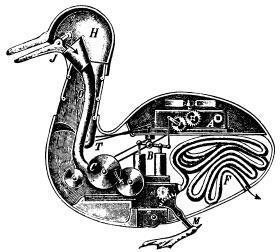Such_Saturation
Member
- Joined
- Nov 26, 2013
- Messages
- 7,370
An atomic-resolution view of neofunctionalization in the evolution of apicomplexan lactate dehydrogenases
During the evolution of the malate and lactate dehydrogenase superfamily, pyruvate activity has converged multiple times despite strong constraints due to epistasis. While epistasis may constrain evolutionary options locally, there are nevertheless multiple ways to ‘skin the cat’ in more distant regions of protein sequence space. [...] Therefore, residues remote from the active sites necessarily affect the substrate specificity of the enzymes. In principle, these long-range epistatic residue interactions could differentially modify the structure of the active site. [...] However, the crystal structures reveal ancestral, intermediate, and modern active sites that are nearly indistinguishable, suggesting that epistasis has modified the protein dynamics or shifted the energy landscape, effects that are largely invisible to static crystal structures.
During the evolution of the malate and lactate dehydrogenase superfamily, pyruvate activity has converged multiple times despite strong constraints due to epistasis. While epistasis may constrain evolutionary options locally, there are nevertheless multiple ways to ‘skin the cat’ in more distant regions of protein sequence space. [...] Therefore, residues remote from the active sites necessarily affect the substrate specificity of the enzymes. In principle, these long-range epistatic residue interactions could differentially modify the structure of the active site. [...] However, the crystal structures reveal ancestral, intermediate, and modern active sites that are nearly indistinguishable, suggesting that epistasis has modified the protein dynamics or shifted the energy landscape, effects that are largely invisible to static crystal structures.

